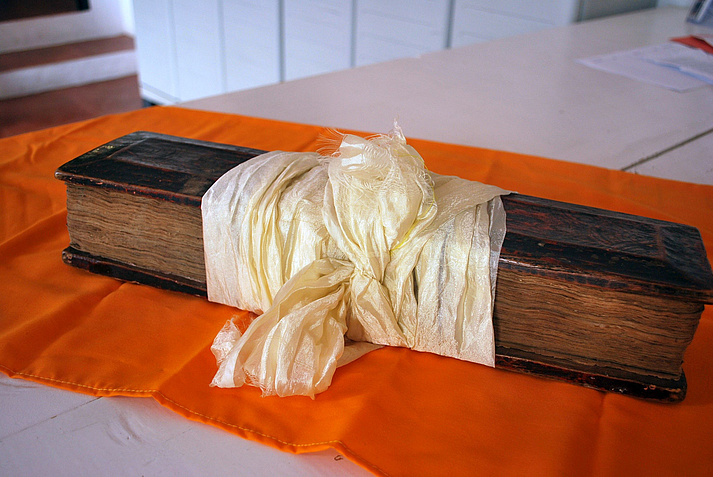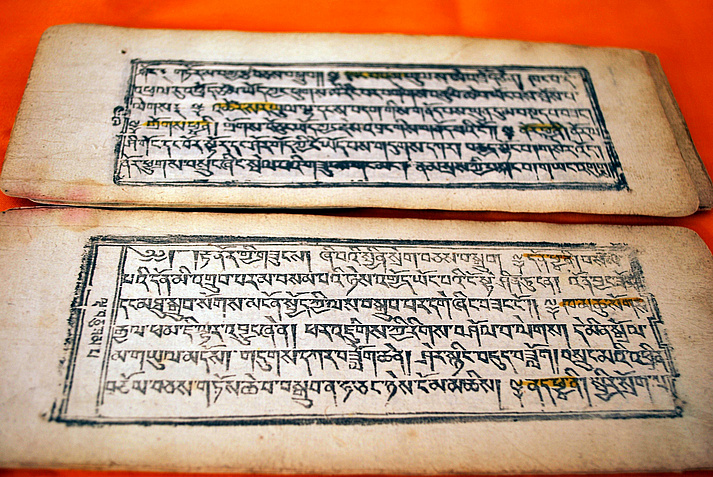Tibetan Literature

The classical Tibetan literature predominantly pursues religious or religious-philosophical subjects. This does not come as a surprise, considering that the scriptures were primarily composed by monks. Subsequent to the Buddhist canon, the largest part of which was translated from Indian languages, numerous Tibetan scholars and dignitaries reinterpreted Buddhism for their disciples and followers time and again. Their teachings—commentaries, treatises, ritual texts, poems, and more—were compiled in often quite extensive collected works (gsuṅ-’bum, lit: “a hundred thousand words”). The scope of this domestic spiritual literature exceeds the scale of the Buddhist canon by far.


The scholars not only composed treatises on Buddhist teachings but also produced literature covering a broad spectrum of diverse topics: grammar, poetics, metrics, lexicography, logic, astrology, astronomy, divination, medicine, geography, law, craft, art, and music. Monks and erudite laymen also composed historiographical works and biographies (or hagiographies). In addition, there are works on political history as well as inscriptions, charters and documents recorded by secular officials providing insight into the social life of their time.
If one correlates the amount of written works in Tibet and the number of Tibet’s inhabitants, Tibetan may be considered one of the most productive classical literary languages worldwide.
The Wörterbuch der tibetischen Schriftsprache attempts to accommodate this great diversity by not restricting itself to a single period of time in Tibetan history or a specific literary genre. It rather includes representative works of various time periods and genres.
